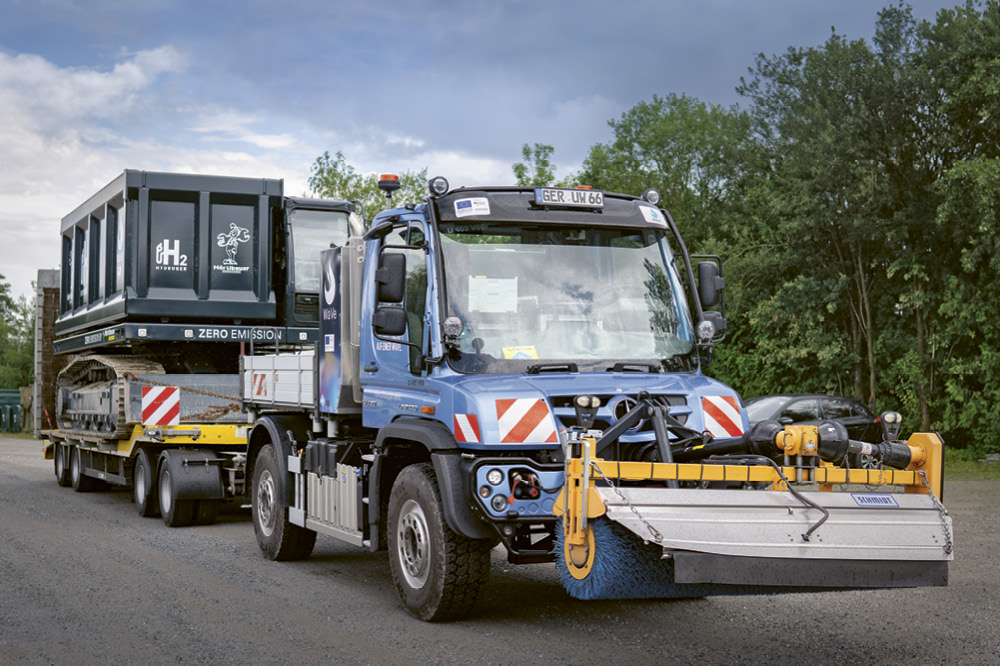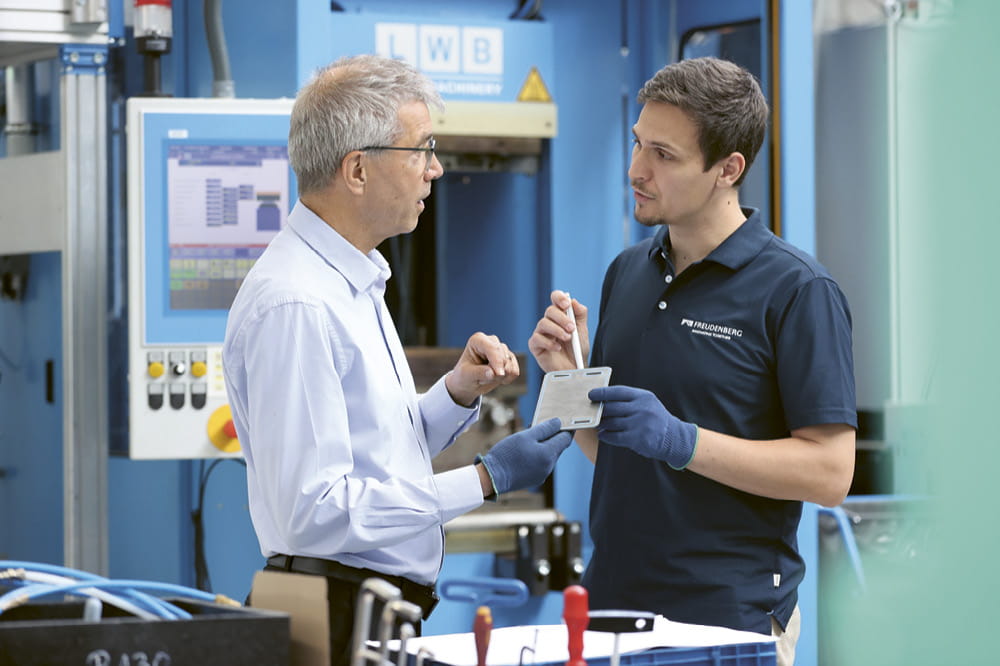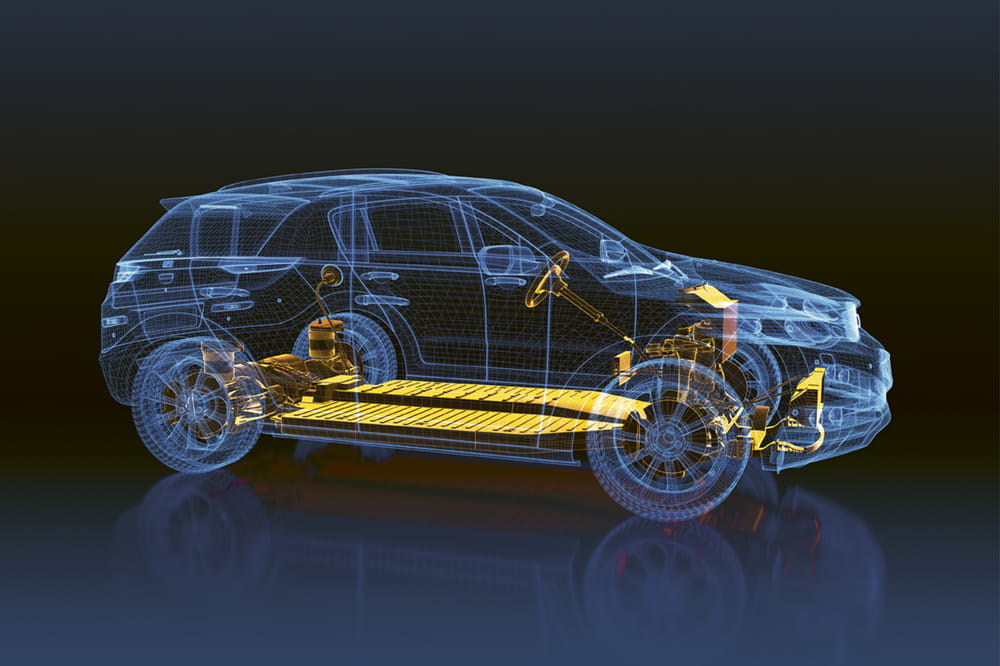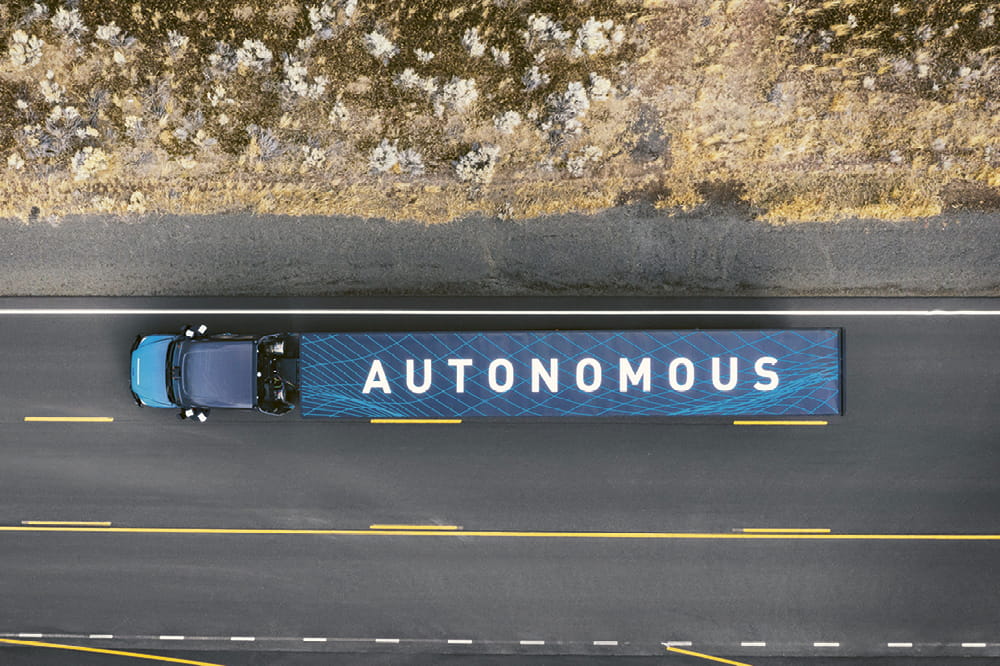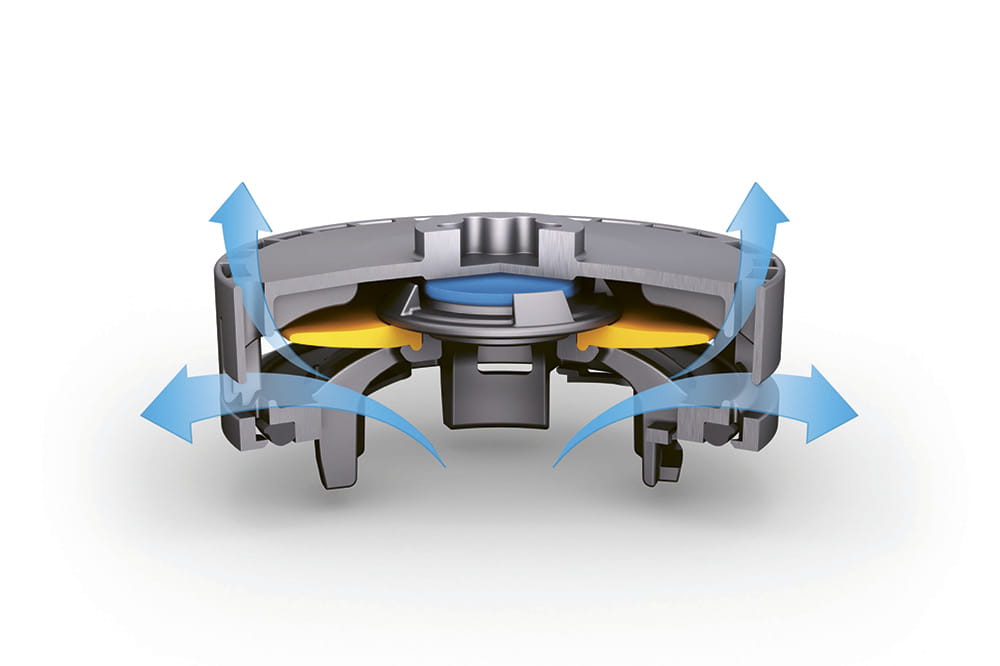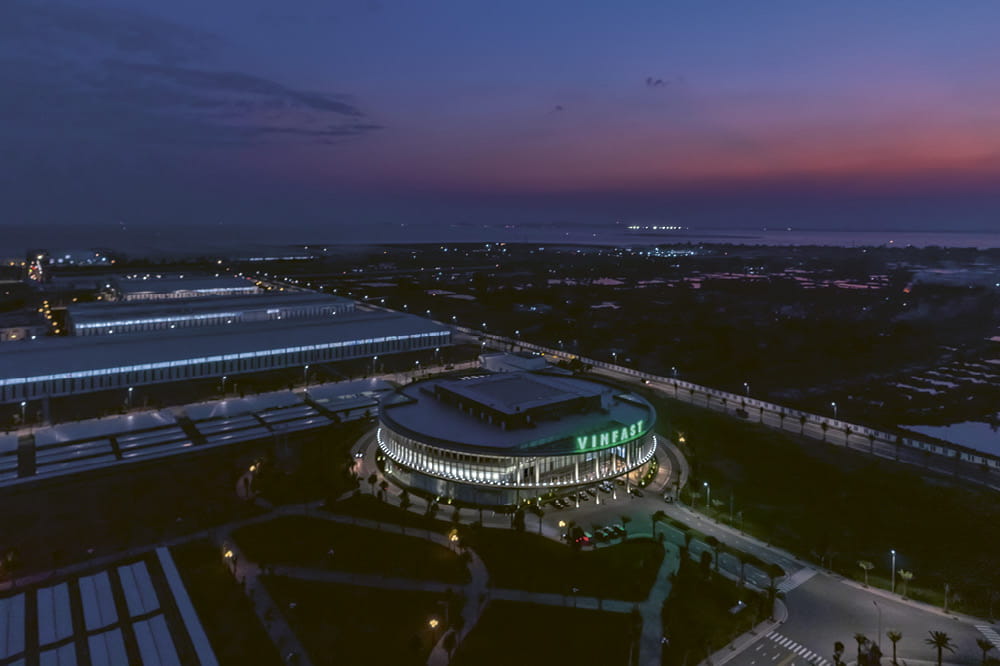Obtain news and background information about sealing technology, get in touch with innovative products – subscribe to the free e-mail newsletter.
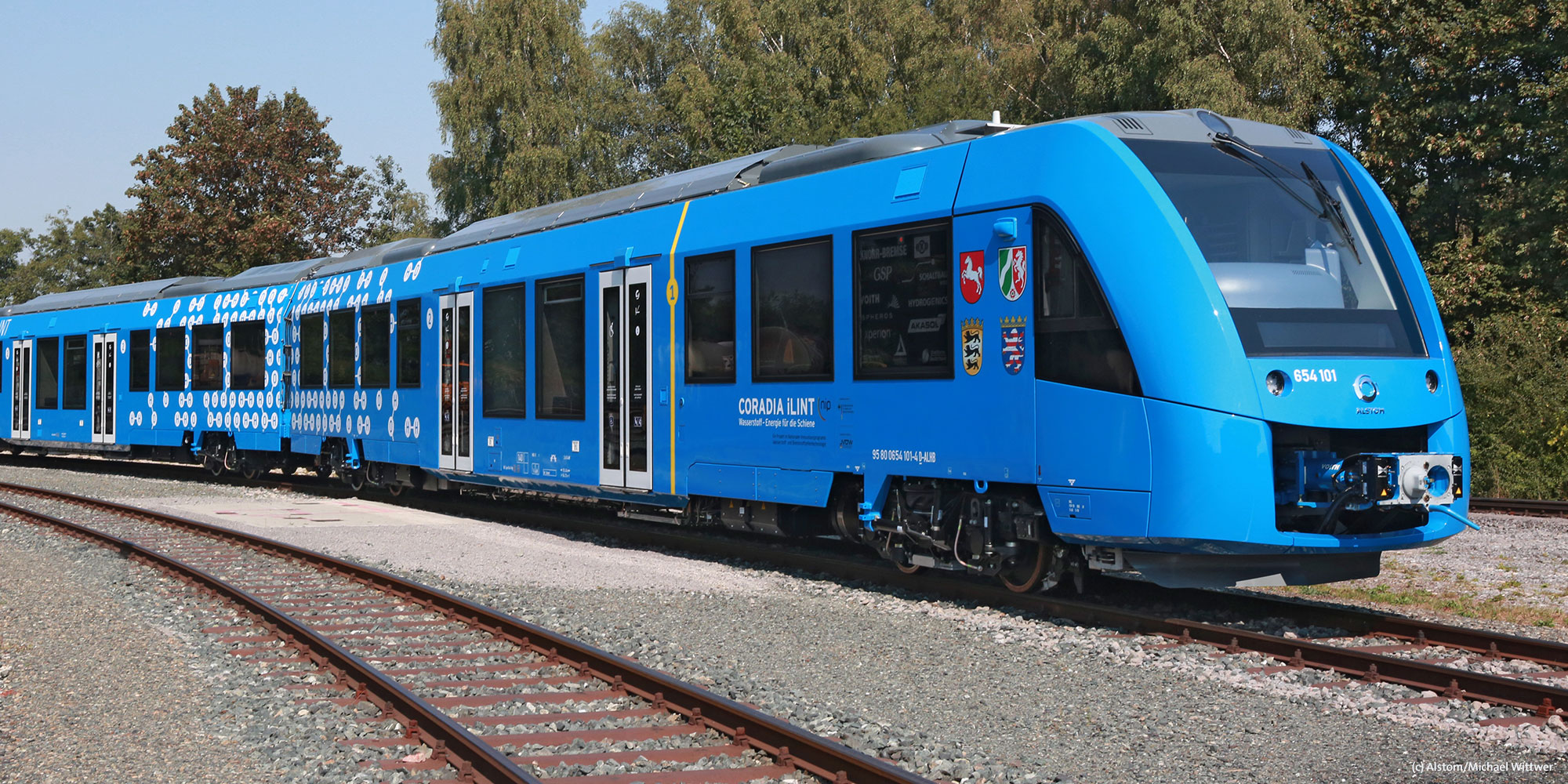
Hydrogen Fuel Cells Ride the Rails
Fuel cell cars haven’t made much progress in the market. Yet the idea of fueling automobiles with hydrogen has been around for a while, and the technology is ready for use in series production. Now hydrogen propulsion has made it onto the rails.
A milestone in the history of train travel is going to be reached this year between Buxtehude and Cuxhaven. Two special, low-floor trains are being operated totally without emissions in a pilot run on an Elbe-Weser Transportation Co. route. The trains are propelled by electric motors instead of diesel internal combustion engines; the energy to drive the motors comes from fuel cells. They in turn are supplied from hydrogen tanks attached to the roofs of the railcars. It only takes 15 minutes to fill the tanks at 350 bar. Lithium ion batteries in the lower portion of the railcars store any excess energy while the trains are running. The energy can be used to supply electricity to onboard systems. Since the batteries also charge when the trains brake, there is enough energy give them a range of up to 1,000 km with a top speed of 140 km/h.
The Need Is Greatest on Non-Electrified Secondary Routes
The French manufacturer Alstom is behind these efforts. In 2012, it began developing the concept, and the first prototype was available in 2016. It ran on test tracks last year and is now getting its chance to prove itself in the pilot project in northern Germany. Lower Saxony has already ordered 14 trains, which can carry 300 passengers. In 2021, they will begin providing service between Buxtehude und Cuxhaven. Other German states have also expressed an interest in the trains. Non-electrified secondary routes are especially considered good candidates for them. Since nearly half of the German rail network is not electrified, fuel cell trains are a promising way to improve the CO2 balance sheet.
The Goal is to Eliminate all CO2 Emissions
This will only happen if the energy used to produce the hydrogen does not come from coal-fired power plants, as they are considered massive polluters. For its test runs, Alstom obtained hydrogen from the chemical industry, where it is more or less a byproduct. But the company is working hard to get hydrogen from wind power. That would enable fuel cell trains to be completely “green” as they travel between cities and villages. The only emissions would then be water vapor and condensation – reminiscent of the steam locomotives of yore, but without the pollution.
More Stories About E-Mobility

